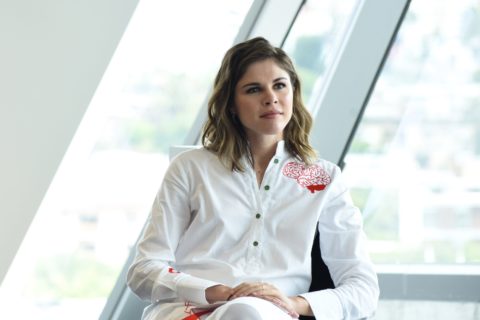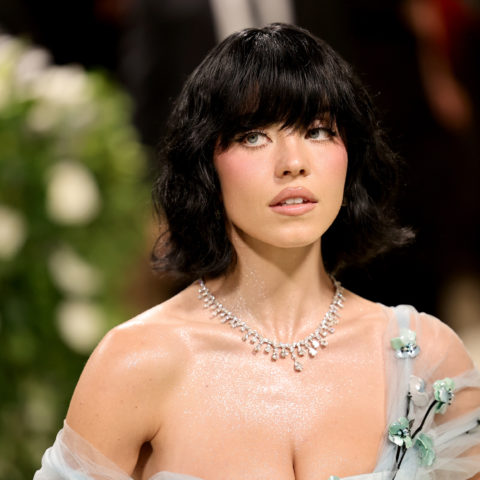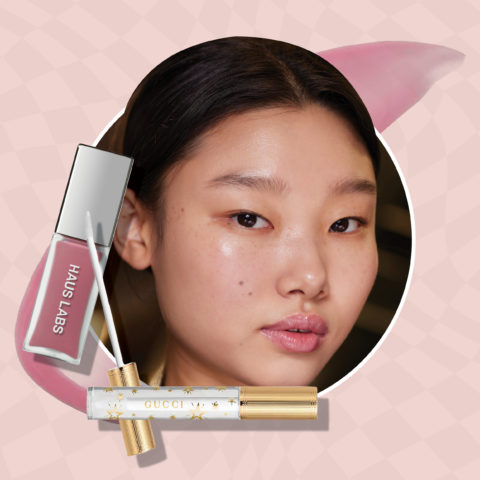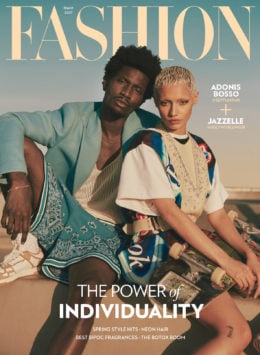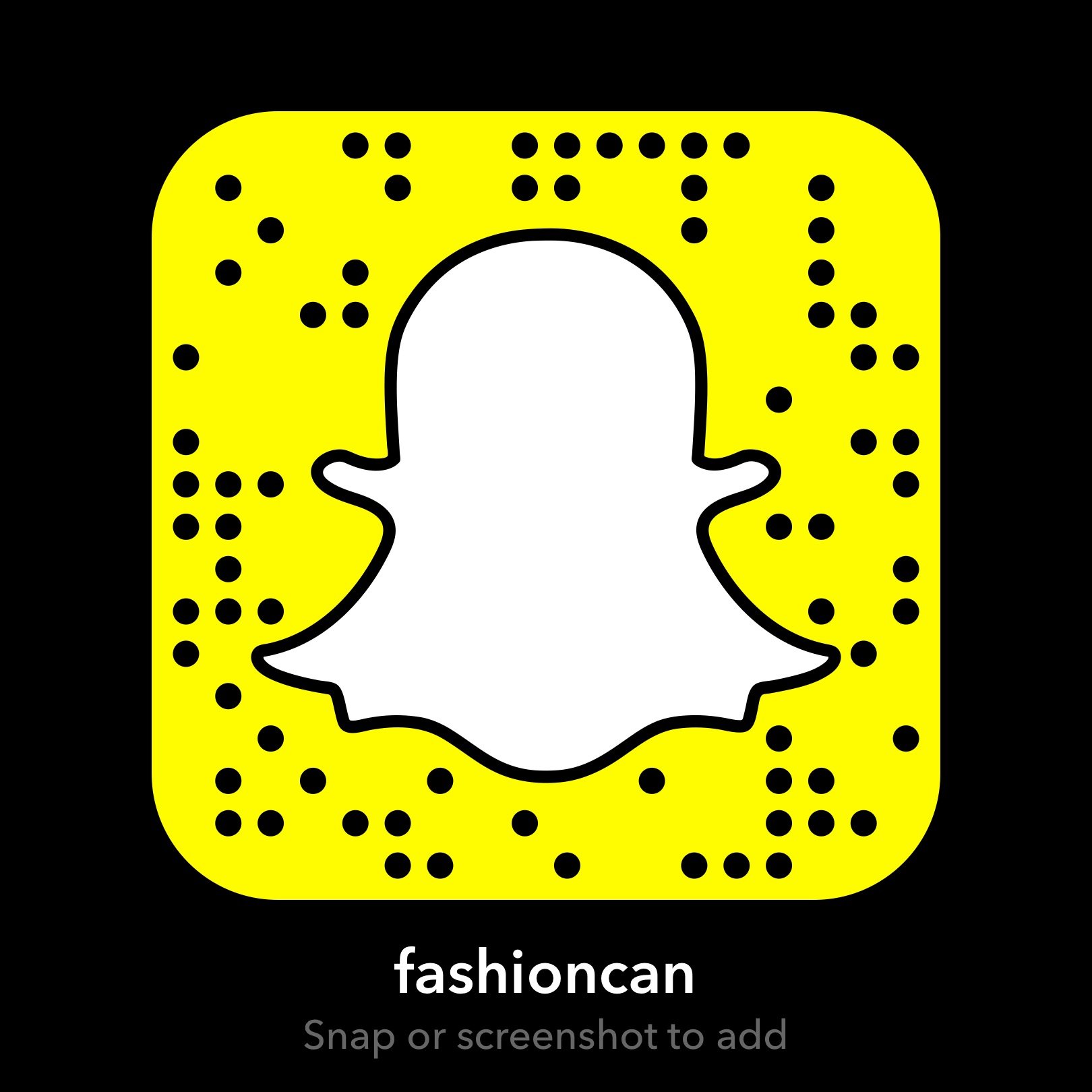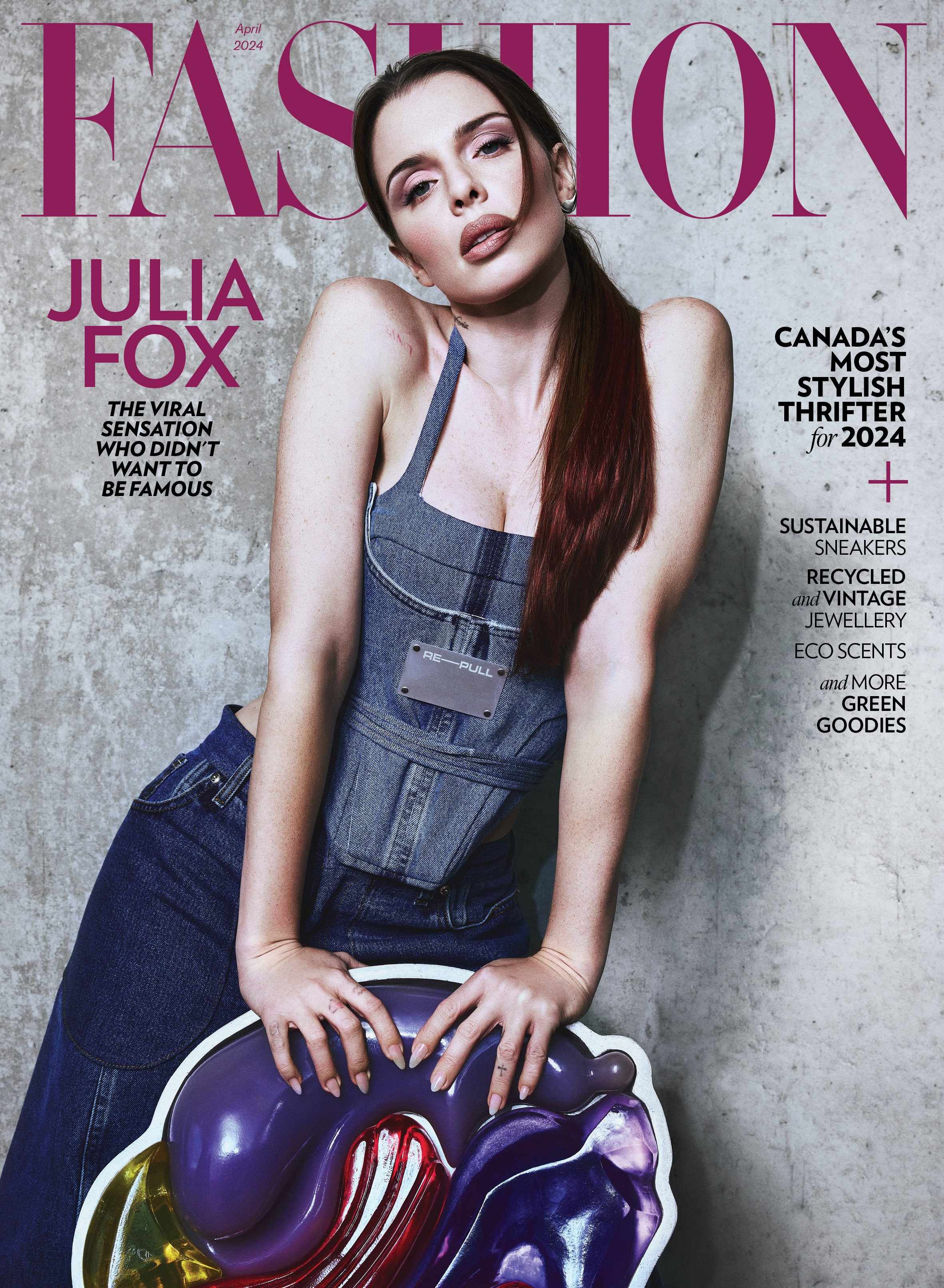We Asked Emily Weiss Everything We’ve Ever Wanted to Know About Glossier
"I give [my team] one mandate and that’s to be inspired."
Toronto, if you’ve been sleeping on the Glossier pop-up, your time is seriously running out. The Queen West location (1056 Queen Street West, to be exact) is only open for two more days, until Thursday, September 14th at 8pm. Before they wrap up, we made sure to sit down with Glossier and Into The Gloss cofounder (as if she needs an introduction), Emily Weiss.
Below, you’ll find everything you could possibly want to know about Glossier, ITG, and the future of the brands. Oh and btw, if you’re wondering how this showroom is different from the permanent one in NYC, the sunscreen is missing from Toronto’s (drug laws!) and “Toronto girls are super interested in skincare, which is actually kind of unique,” says Weiss. “Because in New York, the girls seem to be mostly interested in makeup.”
How early do you think you were ideating Glossier?
Not since the very, very beginning of Into The Gloss. I like to think of the whole thing as this really natural evolution, a continuum. Into The Gloss, what I think it did so well, was create a conversation around beauty and make beauty the main event, as opposed to the ugly step-sister, which it often is in magazines. Like, it’ll be four or six pages of beauty, with the rest of the magazine [dedicated to] fashion. I have yet to see a magazine where it’s beauty first, fashion second. So I wanted to create this conversation with Into the Gloss where beauty was put on a pedestal, as something really important and something we should all talk about and share with one another.
In doing that, there were comments, even from the very beginning. Even if it was a couple of comments, I realized, “Wow, this is a real platform. This is a two-way street here.” Glossier really evolved out of that because what I realized in talking to some of the world’s most stylish women, in hundreds of interviews, on the floors of their bathrooms, looking through all of their medicine cabinets, was that there would be this connection with a product. Often times, “like I love this mascara” or “I really love this concealer.” Whatever it is. But very infrequently would someone say, “I really love this brand, I just buy everything they do. I know where they work.” They wouldn’t feel this connection with the brand itself. Because, you know, they felt somewhat distanced from the brand because maybe they preached to them or spoke down to them or made all their decisions from an ivory tower, and then launched the product and expected all the editors to write about it and expected all their customers to buy it and love it.
That wasn’t really working for women, and I could see that there was something that was missing. And that was a beauty company, not just a product line or a product brand, that involved women in its creation, every step of the way. From product creation to offline experience creation. That really evolved out of Glossier, the idea came about in about 2013, so it’s been three years. Yesterday or the day before was Into The Gloss’ seven-year anniversary, and Glossier will be three in October.
What were your first steps in creating Glossier? Because most of us love beauty products, but we have no clue how to make them.
Nor did I. The creation of Into The Gloss took less than a month. Glossier took twelve months, and about a million dollars to hire the team, work with the chemists, order the inventory, get an office, you know, the whole thing. And I’m sure you can do it, cut it a million different ways, maybe more stealthily or with much less cash. But we wanted to create a certain experience which is all directed to the consumer, and not go into retail and wholesale and rely on a third party to tell our brand story, but really deliver those messages through our social media, through email. Direct to consumer to create that really close relationship. And so, that’s the way we went about it.
Back when Glossier launched, you said you wouldn’t create makeup until you had a product that was really revolutionary. How and when did you decide that it was time?
You know, our take on makeup is so important because it’s very counter to the pop culture message, which is heavy contour, cut creased lid, caked on, baked makeup. That being said, what we aim to do with all of our products, is create the fundamentals for everyone. From the girl who loves a cut crease to the girl who wants to leave the house within five minutes. The makeup products are our take on the best basics, and how to do them in a way that leaves your skin looking like skin, and not like makeup. No one’s going to say ‘Oh my god, I love your eyebrows, what’s on them?’ They’re just going to say ‘I love your eyebrows.’ It’s you but better.
If someone does like a heavier face, how do they use Glossier?
They’re using it the way makeup artists use skincare, which is to prep and prime the skin. All of our skincare is designed to be perfect for pre-makeup use. Our Priming Moisturizer Rich, for example, is hugely popular with makeup artists, because it leaves the skin with a perfect velvety finish, and super plumped up. And it doesn’t interfere with your foundation, your powders or anything like that. It’s just the perfect primed canvas. Our skincare is probably the most universal of all of our products. It helps girls who want to wash and go, have their skin be just the right amount of dewy and fresh and glowy, and it helps girls who have a 20-step makeup routine, prep and prime their skin for that makeup, and have it stay on longer.
We want to create tools that give you the most flexibility. I say tools but I mean all of our products. I see them as instruments for every woman to use however she wants. We don’t want to say “Dewy is best all the time for everyone.” There are moments when you want to control the finish of your skin, you want a bit more. You don’t want to be oily. Or you have oily skin already and you’re worried about using only Glossier because that’s going to be too much dew factor. We made it for that girl. Wowder is an instrument for giving you more control over the finish of your skin, rather than us dictating how your skin should look.
How do you split your time between Glossier and Into The Gloss?
I’ve had such an inspiring and formative journey in my career. I started ITG when I was 25 and now I’m 32 and I’m the CEO of a company that has 110 employees in three different countries. So naturally I’m not as in the weeds. I’m not creating as much on my own as I once was, when I was taking all the pictures, transcribing my own interviews, back when I was a team of one. But I think that’s really been incredible because what it’s led to is Glossier becoming a real collective, not just including customers in the journey, but really having our entire team of employees all creating so many things together and on their own. I think that’s one of the most interesting things about Glossier. It’s really a collective as opposed to a singular point of view. Right now, there are only three people who work strictly on Into The Gloss.
What’s the future of Into The Gloss?
I see it as our largest social media platform, rather than thinking about it as a blog. I don’t even know what blog means anymore. Whereas social media platform implies a two-way conversation. One person putting out content and it’s inherently social because you respond and reply to that content. We have over two million uniques a month, around the world, who go directly to ITG and comment. We have a very active community of commenters. It’s our biggest source of inspiration, in terms of our features and the content we put out, but also it’s the best place to have a conversation about why we’re sold out, or pick their brains about what their dream face wash is, or what they want a candle to smell like. Into The Gloss doesn’t have advertisers anymore. We stopped a couple of years ago. We don’t have a revenue stream on Into The Gloss. I give our editors one mandate and that’s to be inspired.
What’s the crowdsourcing process like?
It’s more of an art than a science. With new products, we approach it the same way a magazine thinks about a new issue. Each new product to us is a new issue, and that’s why we do one at a time. We start every product with a mood board, with a reason for being, why we think it needs to exist, what we’re not happy with on the market. And then we go through a unique process every single time in terms of how we’re involving the community. From the straightforward, like “We’re making a moisturizer, what do you want in it?” to asking women in the showroom to try lab samples, or having groups over to taste different flavours like we did with our flavoured balms. Every product is a different story, even with which vendor we’re working with. We don’t have one place that manufactures. We vet and go out and meet with multiple vendors across the world for each product, and decide which is the right one to work on each unique product to get the perfect result.
What’s on your top shelf?
I love Serge Lutens makeup. It’s literally so over the top, I actually don’t even own it. I’ve just tried it. It’s so luxe and luxurious. I also love this Essence lip liner that’s like two dollars. It’s the perfect nude blush-y colour. It’s similar to Glossier’s “Cake” so I layer the liner underneath. I love Arm&Hammer men’s deodorant. It’s like a eucalyptus-scented one. I like this Lierac exfoliator. It’s very grainy and rough, similar to a Frank Body scrub, but it’s suspended in a gel that keeps it from getting everywhere. I think the Frank Body is really nice but I usually use it the day before I’m going to clean my shower. I love St. Ives Apricot Scrub, the one without microbeads. I love Christophe Robin hair products. I really like the sea salt shampoo in a jar. They’re very strange concepts, like a scrub in a jar for your hair. I love the new one that’s like a rose clay shampoo, in a jar, too.
Why has Glossier had the impact it’s had?
Technology is evolving so rapidly, and opportunities for how brands leverage that technology, is a very new thing. Social media is still really new. The opportunity to launch a brand like Glossier on Instagram, which is how we launched, wouldn’t have existed like, six years ago. I think it’s difficult for legacy or heritage brands, in any category, to adapt when their founding values are not in keeping with the values of a new generation. A luxury brand in any sector, might have been founded on the idea of exclusivity or wealth or ideals that don’t resonate today. They’re outdated. I think when you have any brand that comes with a value-forward approach, like we do, where it’s all about inclusivity, it’s all about being thoughtful, having fun, being innovative, that attracts like-minded people. It’s the same as friendships and the types of people you’re attracted to. It’s generally because you share some likeminded value set and ways of thinking. And those are our values and I think they’re pretty evergreen. I don’t seem them becoming outdated. They’re not trendy values. The idea of being inclusive in a world that is increasingly divisive is something that’s important to most people. That’s the filter that we built the entire company off of.

